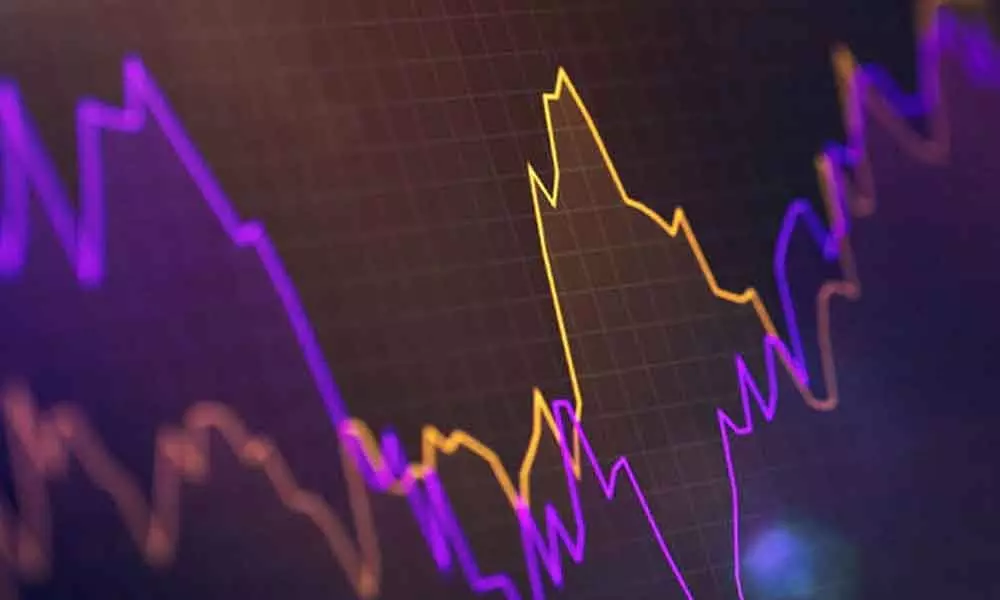How 2022 could turn into a year of volatility for markets
The full year will be a volatile for Indian financial markets for a host of reasons.
image for illustrative purpose

The full year will be a volatile for Indian financial markets for a host of reasons. To understand this, first, we need to look at the existing condition at global markets. The world economy started the year 2022 on a weaker footing amidst increasing mobility restrictions due to the widespread Omicron Covid-19 variant. Growth prospects were further weighed down by the spillovers of 2021 energy crisis, persistent supply disruptions, broad-based inflation prompting earlier than anticipated withdrawal of global monetary accommodation, US' sharp fiscal contraction and China's real estate crisis.
The slow growth-high inflation trends got further reinforced with the escalation of Russia-Ukraine geopolitical tensions. With Russia and Ukraine being major global commodities producers, commodity prices have surged across the board. The last one month have witnessed significant volatility across asset classes as investors flocked towards safe havens, with equity and currencies being clear underperformers while commodities, US Dollar and bonds being the beneficiaries.
While the geopolitical risks continue, as per a Kotak report, risk sentiments have stabilized lately more on expected truce rather than any material evidence. The benign risk sentiment has further extended despite the recent FOMC meeting providing a more hawkish guidance on rates, with the US inflation forecasts being revised upwards while growth downwards. Fed has indicated six rate hikes (of 25bps each) in CY22 and four in CY23.
INR has witnessed huge swings in FY22 and has reversed the FY21 gains of 3.3 per cent against the USD to currently being 4.1 per cent lower. Compared to its EM peers, India is more energy dependent and hence vulnerable to global energy shocks-- which has been the key theme since 2HFY22. With the MPC's policy stance in contrast with the US Fed, along with the unrelenting commodity price surge, the external sector remains subject to major volatility. FPI's have withdrawn $22bn since October 2021 compared to $4.3bn inflow in 1HFY22.
If oil prices were to average around $100/bbl, the current account deficit is expected to widen to 3 per cent of GDP compared to FY22E of 1.7 per cent. Given the continued flight of capital to safe havens, differential pace of policy normalization among major central banks, and geopolitical risks, India's BoP is expected to remain hugely in deficit.
Overall, as markets continue to assess the growth-inflation impact between the rapid global policy normalization and geopolitical risks, we expect INR to remain under pressure. However, India's FX buffer should be sufficient to shield the economy against any major external shock. While we expect RBI to intervene intermittently, we note that the direction and magnitude of the INR will move in sync with the rest of EM pack. Capping the INR weakness through FX intervention would aid multiple objectives through limiting the pass-through of imported inflation given the surge in input prices, and creating room to support the government's heavy borrowing program. Let us hope that the Rupee-Ruble trade becomes a reality so as to contain the ongoing.

